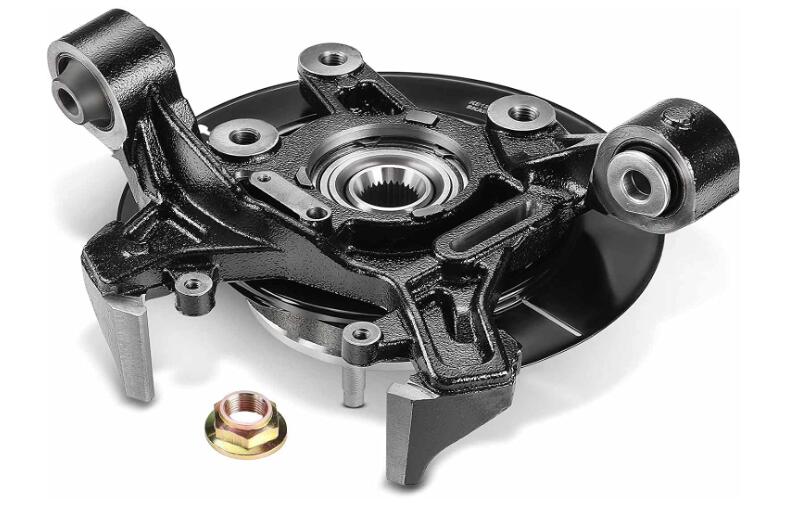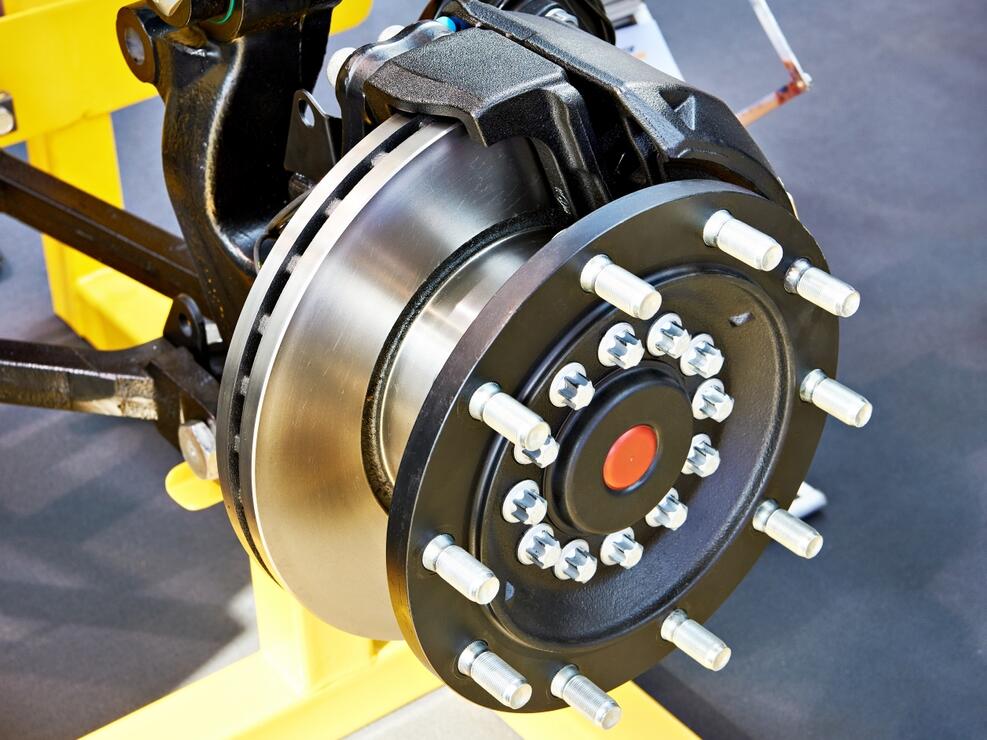Introduction:
As critical components in the automotive sector, bearings have seen continual enhancement in design, material, and manufacturing processes.
Surface roughness is a critical parameter often goes unnoticed but plays a vital role in bearing performance.
As wheel bearing experts at Wana Auto Parts Co., Ltd., we believe in delving deep into every detail. Discuss how surface roughness affects wheel bearings’ performance, longevity, and reliability.
1. Surface Roughness: An Overview
Before diving into the intricacies, it’s imperative to understand what surface roughness is.
In simple terms, surface roughness denotes the minute variations or irregularities found on the surface of materials, often due to the manufacturing process.
Measurement: The most common metric is the Root Mean Square (RMS) value or Ra value, which calculates the average deviation of the roughness profile from the mean line.
Significance: Even though these surface imperfections might seem negligible, they have profound implications on the operational efficiency, wear, and overall performance of the bearings.
2. Friction and Wear
One of the foremost consequences of surface roughness in bearings is its influence on friction.
Microscopic Interactions: When two surfaces come into contact, their microscopic asperities first meet, increasing friction.
Smoother textures, with reduced roughness, ensure lesser communication of these asperities, thus decreasing friction.
Wear Rate: Increased surface roughness can accelerate wear rates.
The peaks of rough surfaces can shear off during operation, leading to particles that can cause further abrasion, a detrimental cycle for bearing longevity.
Heat Generation: Besides causing wear, friction also results in heat generation.
A bearing with high surface roughness might operate at elevated temperatures, potentially affecting the lubricant’s effectiveness and the material’s structural integrity.
3. Lubrication Efficacy
The lubrication between bearing components is critical in determining performance and life expectancy.
Oil Film Thickness: An oil film should separate the bearing surfaces for adequate lubrication, preventing metal-to-metal contact.
A smoother surface facilitates a consistent oil film, optimizing lubrication.
Lubricant Contamination: As previously mentioned, increased roughness can lead to particle generation from sheared-off peaks.
These particles contaminate the lubricant, diminishing its effectiveness and increasing wear.
4. Load Bearing Capacity
While it might seem counterintuitive, surface roughness can impact the load-bearing capacity of the bearing.
Stress Concentration: The peaks and valleys of a rough surface can lead to stress concentrations.
Under load, these concentrated stress areas can become potential points of failure.
Fatigue Life: Bearings are subjected to repetitive loads, leading to material fatigue.
Surface roughness, by introducing stress concentrations, can reduce the fatigue life of the bearing.
5. Vibration and Noise
A quieter ride is a hallmark of quality in the automotive world. Bearings play a role here, and surface roughness is a silent influencer.
Harmonic Vibrations: The inconsistencies of a rough surface can introduce harmonic vibrations during operation.
These vibrations can be audible within specific frequency ranges, leading to increased operational noise.
Transmitted Vibrations: Apart from generating vibrations, bearings can also transmit external vibrations.
A smoother bearing surface can dampen these external vibrations more effectively, enhancing ride comfort.
6. The Balance of Manufacture
Achieving the perfect surface finish is a challenge, and there’s a balance to strike.
Manufacturing Techniques: Techniques like honing, grinding, and polishing can reduce surface roughness.
However, each process has its costs, both financially and in terms of material removal.
Tolerances and Specifications: Not every application requires an ultra-smooth finish.
Understanding the application’s specific needs and adjusting the manufacturing process accordingly is crucial.
7. Material Implications and Surface Roughness
Different materials come with their inherent surface roughness post-processing.
The relationship between the choice of material and the subsequent finish it can achieve is paramount.
Metallurgical Factors: Various alloys and metals have distinct structural characteristics.
Some metals can achieve a finer finish faster than others due to their grain structure and inherent hardness.
Heat Treatments: Post-manufacturing processes, such as heat treatments, can alter the surface properties of metals.
Annealing can help in relieving internal stresses and refine the surface.
8. The Role of Quality Control in Surface Roughness
Ensuring a consistent and desired level of surface roughness across all products demands rigorous quality control.
Measurement and Analysis: Modern metrology tools, such as profilometers, measure and analyze surface roughness with high precision.
Regular checks ensure that the bearings are within specified tolerances.
Feedback Loop: A robust feedback mechanism between the quality control and manufacturing units ensures that deviations are quickly corrected.
This iterative process ensures continual improvement and consistency in production.
9. Environmental and Operational Impacts on Surface Roughness
While manufacturing is predominant in determining initial surface roughness, environmental and operational factors can modify it over time.
Operational Wear: As bearings are used, the continuous motion can smooth out some surface irregularities.
This “running-in” can sometimes be beneficial, leading to a decrease in friction over time.
Corrosion and Oxidation: Environmental factors, especially moisture and contaminants, can exacerbate surface roughness.
Oxidation and corrosion can introduce additional irregularities, adversely affecting performance.
Temperature Fluctuations: Extreme temperature variations can impact the surface characteristics.
High temperatures, for instance, can cause material expansion, affecting surface roughness and overall bearing tolerances.
Conclusion:
The world of wheel bearings is intricate, with myriad factors influencing performance.
Though a micro-element, surface roughness has macro implications on the directions’ efficiency, longevity, and reliability.
Recognizing its importance, at Wana Auto Parts Co., Ltd., we invest significantly in research, quality control, and continuous improvement.
Under the visionary leadership of Orde Yuan, we remain unwavering in our commitment to delivering products that stand the test of time and rigorous operations, echoing our ethos of precision, quality, and excellence in every revolution.




